Are you thinking about putting in an Air Scrubber but are a little hesitant? Is this thing reliable or not? Can it remove formaldehyde and odors? Does it use much electricity? Will you be able to breathe safely after installing it?
Don't worry, this article will take you around those seemingly professional but empty nonsense, solidly clear Air Scrubbers - especially the 550 CFM HEPA Air Scrubber, this kind of main model - in the end, what's good? What's good about it, and what are the pitfalls?
What Is an Air Scrubber?
An Air Scrubber is an industrial-grade air purification device engineered to remove airborne particles, bacteria, chemical gases, and even viruses, on a scale far beyond what your living room air purifier can handle.
Still picturing a sleek little box humming next to your couch? Forget it. This isn’t a lifestyle gadget—it’s a workhorse. If you’re trying to tackle formaldehyde after a home renovation, neutralize VOCs (volatile organic compounds) in a factory, remove pet dander from an indoor space, or stop mold spores from spreading across drywall, a regular air purifier won’t cut it. That’s like trying to scrape wallpaper with a toothpick.
An Air Scrubber, especially one like the 550 CFM HEPA Air Scrubber, is designed for serious airflow and serious results. It processes 550 cubic feet of air per minute. Do the math: 550 CFM × 60 minutes = 33,000 cubic feet of air every hour.
Now, take a typical 90-square-meter apartment (around 970 square feet) with a ceiling height of 2.5 meters. That’s roughly 8,750 cubic feet of air total. A 550 CFM HEPA Air Scrubber can cycle and purify all the air in that apartment in under 16 minutes—and it can do that four times an hour without breaking a sweat.
In environments like construction zones, hospitals, laboratories, or large open-plan offices, this isn’t optional—it’s essential. The airflow, the filter efficiency, and the ability to remove microscopic and chemical threats from the air make it a completely different beast from a consumer-grade purifier.
So next time someone says "air cleaner," ask them this: Do you mean a decorative desk fan with a filter, or are we talking about an Air Scrubber that can practically vacuum the atmosphere?
Pros: What Makes Air Scrubbers So Effective?

Think of an Air Scrubber—especially a commercial-grade unit like the 550 CFM HEPA Air Scrubber—as the heavyweight champion of indoor air purification. It’s not just blowing air through a fancy filter. It's engineered to clean air on a microscopic and molecular level.
Real Multi-Stage Filtration System (Not Just Marketing Fluff)
Don’t let the name fool you—Air Scrubber doesn’t mean it's “scrubbing” air like a sponge. It’s a precision filtration system, often with three distinct layers, each targeting different contaminants.
Pre-Filter (Stage 1), Captures large particles like visible dust, hair, and pollen. Think of it as the gatekeeper, keeping the big stuff from clogging up the finer filters.
HEPA Filter (Stage 2), usually rated H13 or higher, which means it traps 99.97% of particles down to 0.3 microns in size. What does that include? PM2.5, smoke particles, mold spores, bacteria—all gone. That "haze" you sometimes see hanging in sunlight? A HEPA filter crushes that.
Activated Carbon or UV-C Layer (Stage 3). This layer tackles the invisible threats—chemical gases (VOCs), formaldehyde, fumes, and pathogens. Activated carbon absorbs gases at the molecular level, while UV-C modules kill microorganisms by disrupting their DNA. It’s like a double-tap for toxic air.
Put together, this triple-defense system handles everything from lingering paint fumes to airborne viruses. Formaldehyde? Neutralized. Black mold spores? Trapped. Lingering smoke from a kitchen fire? Filtered. Try getting that performance out of your typical consumer air purifier.
High Capacity & Large Coverage Area
What does 550 CFM really mean? CFM stands for Cubic Feet per Minute, and 550 of those per minute means the unit processes 33,000 cubic feet per hour.
Imagine a room that's 180 square meters (around 1,940 sq ft) with a ceiling height of 2.7 meters—that’s about 486 cubic meters or 17,170 cubic feet of air. A 550 CFM Air Scrubber can completely cycle and clean all the air in that space nearly two times every hour, or once every 30 minutes.
That level of efficiency is why you’ll find air scrubbers in: Construction zones to remove dust and fiberglass; Hospitals and labs where air sterility is crucial; Offices and gyms where people constantly breathe out CO₂.
If you’re in the home renovation business, doing post-remodel cleanups or chemical fume extractions, renting a 550 CFM HEPA Air Scrubber for just a few hours can get the job done fast. No lingering smell, no client complaints—just fresh, breathable air.
Especially Effective at Removing Gaseous Pollutants (Like CO₂ and VOCs)
Worried about carbon dioxide buildup in a crowded office? Or that “new paint” smell from a freshly renovated room? That’s where Air Scrubbers shine. Most air purifiers on the market are only good at removing particles—dust, pollen, pet dander. But gases? They're too small and slippery. The 550 CFM HEPA Air Scrubber, equipped with activated carbon filters, ionization modules, or even ozone generators (in some models), specifically targets:
-
CO₂: Common in poorly ventilated indoor spaces;
-
VOCs: Found in paints, adhesives, furniture glue, and cleaning products;
-
Chemical fumes: From industrial solvents or pesticides.
These airborne chemicals can cause headaches, fatigue, respiratory issues, and long-term health effects. Standard air purifiers don’t stand a chance. But an air scrubber? It’s built to trap or break them down at a molecular level.
In short, an Air Scrubber isn’t just good at cleaning air—it’s built to decontaminate it. It works fast, works hard, and works in ways that most air purifiers can’t even begin to match.
If you are in need of an air scrubber, you can choose to trust us at Abestorm. not only will we give you answers to any questions you may have about air scrubbers, but we also offer a 24-hour helpline. We also vigorously research and develop various household appliances, such as dehumidifiers and exhaust fans.
Cons: What Are the Drawbacks of Air Scrubbers?
Air scrubbers are absolute beasts when it comes to cleaning air. But no machine is flawless. Before you invest, let’s talk about the downsides—clearly, directly, and with real-world numbers.
Not Built for Odor Elimination
Yes, air scrubbers often include activated carbon filters, which do absorb some odors. But if you’re expecting this machine to erase the scent of fried bacon, garlic shrimp, or lingering cigarette smoke from your man cave? You’re likely to be disappointed.
The air scrubber model is designed to tackle health hazards, not win a fragrance competition. It removes VOC fumes, formaldehyde, mold spores, and fine dust particles. It’s not a Glade plug-in.
If a clean, fresh scent is your priority, you’ll need to pair it with an essential oil diffuser or deodorizer. Air scrubbers fight invisible enemies; they’re not air fresheners in disguise.
Still an Investment (Though More Affordable Than You Think)
Compared to older or industrial units priced well above $1,000, the Abestorm 550 CFM Air Scrubber is actually competitively priced at $372.75 (down from $497). For a 3-stage filtration system with a durable housing and professional airflow capacity, that’s a solid deal.
But the costs don’t stop there. Replacement HEPA filters and activated carbon filters typically need swapping every 3 to 6 months, depending on usage and contamination levels. On average, a filter set costs between $60 and $120 USD. Running two filter replacements a year? That’s $120–$240 in annual maintenance.
For contractors, remediation pros, or HVAC techs, this is nothing. But for a homeowner using the unit occasionally in a basement or garage? It’s still a line item worth budgeting.
That said, for temporary jobs (like a post-renovation cleanup or mold mitigation), renting could be an option. Rental rates in the U.S. vary, but $35 to $50 per day is typical for similar commercial-grade scrubbers.
It Uses a Decent Amount of Power
While not a power hog, a 550 CFM air scrubber is more energy-intensive than your average air purifier.
Here’s what to expect with the Abestorm unit:
Power rating: Typically falls between 250–350 watts.
Run it for 10 hours per day? That’s about 2.5 to 3.5 kWh daily.
At the national average electricity rate of $0.16 per kWh, your daily cost ranges between $0.40 and $0.56.
That adds up to $12–$17/month if used daily for 10 hours.
For industrial or commercial use, that’s negligible. But for homeowners running multiple devices or trying to keep electric bills down, it’s one more thing to factor in.
The Abestorm 550 CFM HEPA Air Scrubber offers high performance at an accessible price, but it’s not magic. It won’t make your house smell like a pine forest. It requires regular filter replacements. It does pull some juice from your outlet.
But if you need serious air cleaning—think mold spores, wildfire smoke, construction dust, or VOC fumes—it gets the job done fast, reliably, and affordably.
Want healthy air or just nice-smelling air? Know the difference—this machine definitely does.
Are Air Scrubbers Worth It?
Let’s kick this off with a simple question: Do you care about how the air feels—or what’s actually in it?
If you're chasing ambient lighting, a subtle breeze, mood-enhancing humidity, or rose-scented airflow… this isn’t your machine. Air scrubbers aren’t lifestyle gadgets. They’re workhorses—built for function, not fragrance.
But if you’re in one of these situations, keep reading. Because this might be the smartest air-related purchase you'll ever make.
Renovating and Worried About Formaldehyde? Fresh paint, new furniture, adhesives, and flooring can all release volatile organic compounds (VOCs) like formaldehyde, a known carcinogen. It lingers in the air, especially in enclosed spaces, and standard air purifiers often can’t touch it.
The 550 CFM HEPA Air Scrubber, like the one from Abestorm, is designed to pull those VOCs out of circulation, fast. The triple filtration system—with a pre-filter, H13-grade HEPA, and activated carbon—doesn’t just trap particles; it adsorbs harmful gases too.
Have Babies, Elderly Family, or Asthma Sufferers at Home? When immune systems are developing or compromised, even mild indoor pollution can cause big health problems. Allergens, dust mites, mold spores—they float around invisible to the eye, but not to your lungs.
A high-powered air scrubber can clean 33,000 cubic feet of air per hour. For a 1,000 sq. ft. home with standard ceilings? That’s a full air exchange every 15 minutes. That’s how you protect the people you care about, not just with a nice scent, but with clean, breathable, contaminant-free air.
Work in a Stuffy Office With Sky-High CO₂ Levels? Ever wonder why everyone seems groggy and irritable by 3 PM? It’s not just the Monday blues—it could be carbon dioxide buildup from poor ventilation. A dense room with 5–10 people and no open windows can hit CO₂ concentrations of 1500+ ppm, which is well above the comfort threshold.
Most consumer air purifiers can’t touch CO₂. But air scrubbers, especially those with activated carbon and optional negative ion modules, can actively reduce gaseous pollutants, keeping you sharper, more focused, and less cranky.
Work in Paint, Woodwork, Restoration, or Healthcare? If your job exposes you to paint fumes, drywall dust, mold spores, wood particles, or chemical residues, an air scrubber is not optional—it’s protective equipment.
Contractors, mold remediation teams, hospitals, dental clinics, and even cannabis grow facilities rely on 550 CFM air scrubbers because they're compact enough to move around. They process air continuously and powerfully. They're designed to meet OSHA and EPA guidelines for clean-air workspaces.
Why 550 CFM Is the “Just Right”
Too small, and you’re wasting time. Too large, and it’s overkill. The 550 CFM model balances portability with performance. It covers both residential and light commercial needs without draining your wallet or power supply.
At 550 CFM, you're cycling through the air of a 2-car garage every 10 minutes. Priced around $372.75, it’s a serious machine at a non-intimidating price point—especially compared to $800+ industrial options. Plug it in. Let it run. No app, no fluff, no BS.
So—Is It Worth It?
If your top concern mood lighting or fresh scents?
No. Get a smart air purifier or a high-end diffuser.
But if you're serious about air quality—about eliminating pollutants instead of masking them—then yes.
A 550 CFM HEPA Air Scrubber is not only worth it. It might be the only device actually doing the job you thought your air purifier was doing.
Still unsure?
Check out this must-read next: Why Do I Need an Air Scrubber

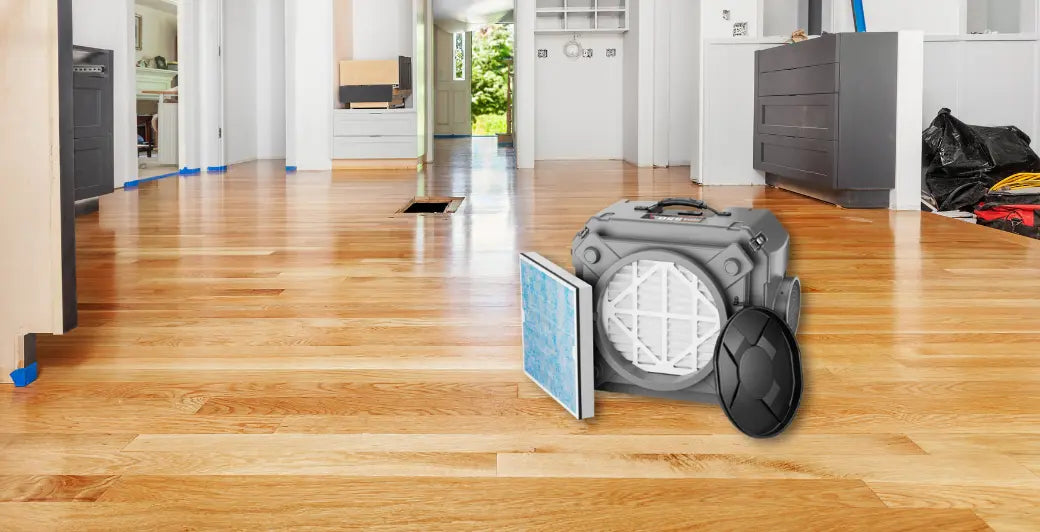
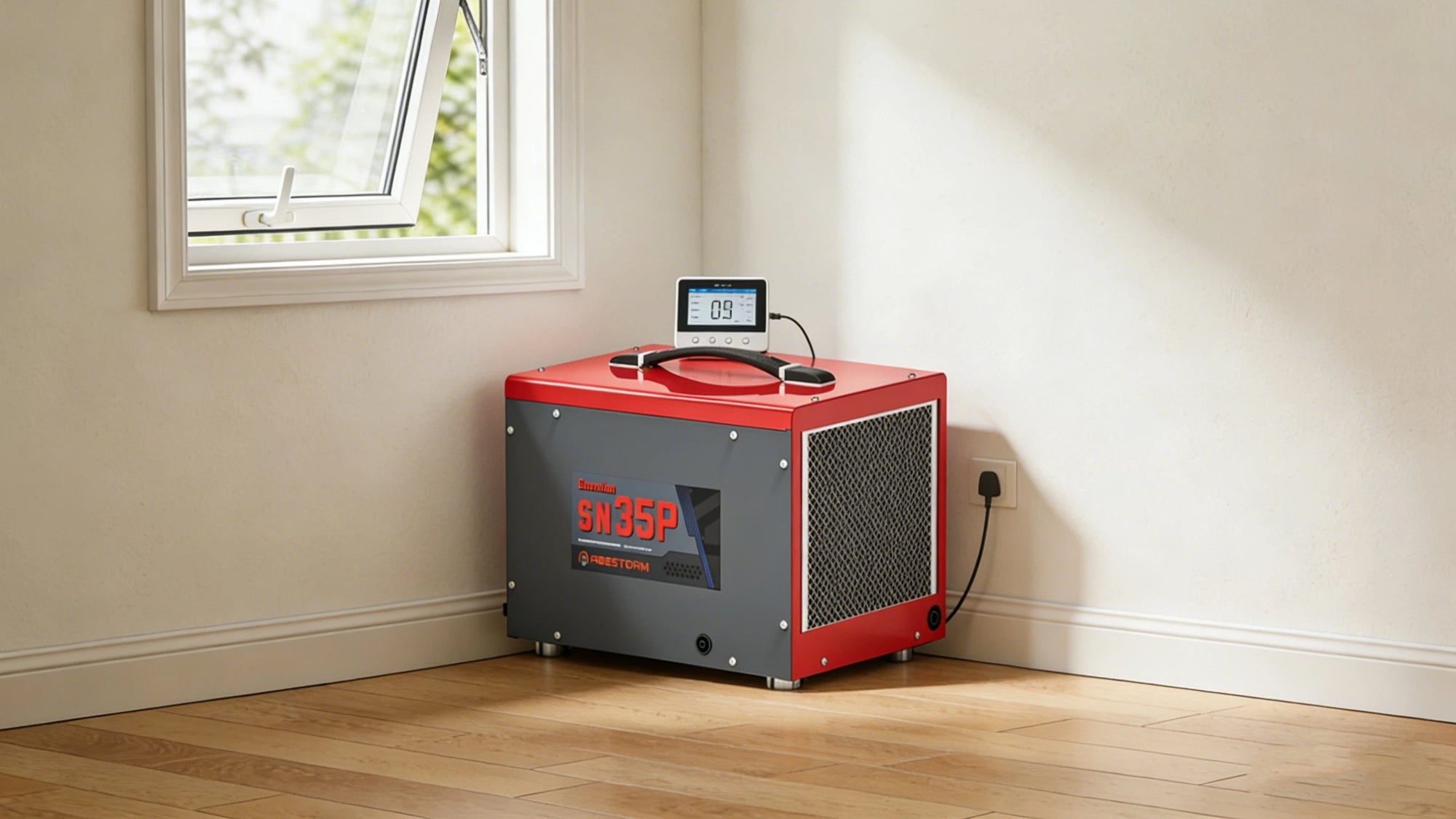
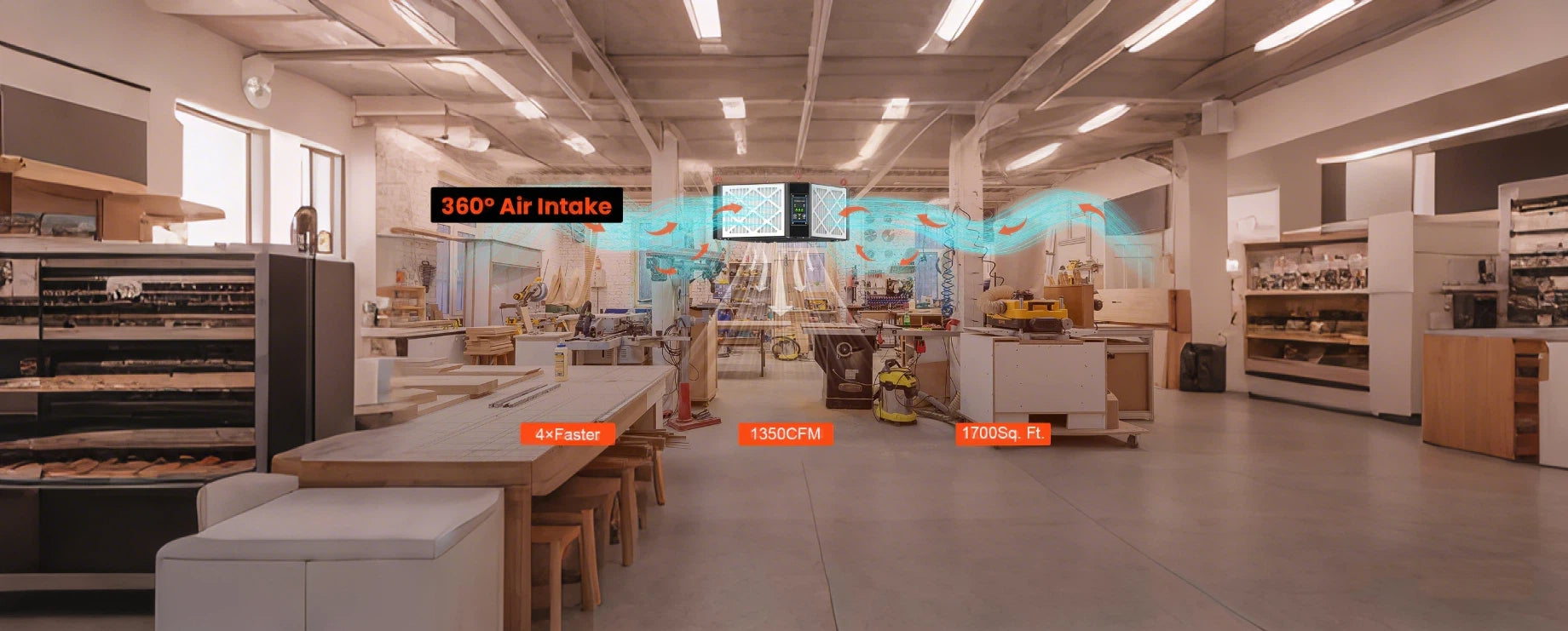


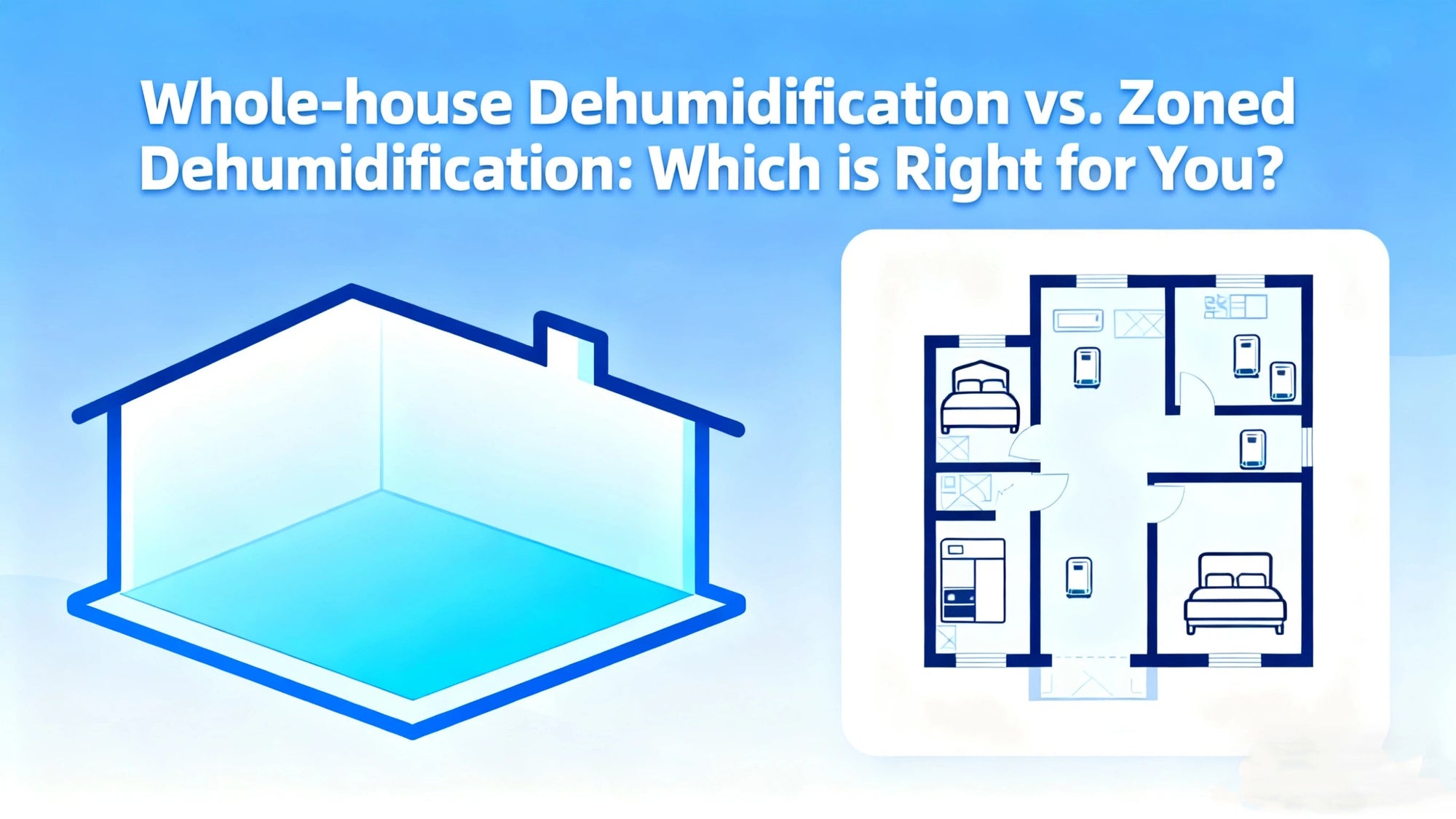
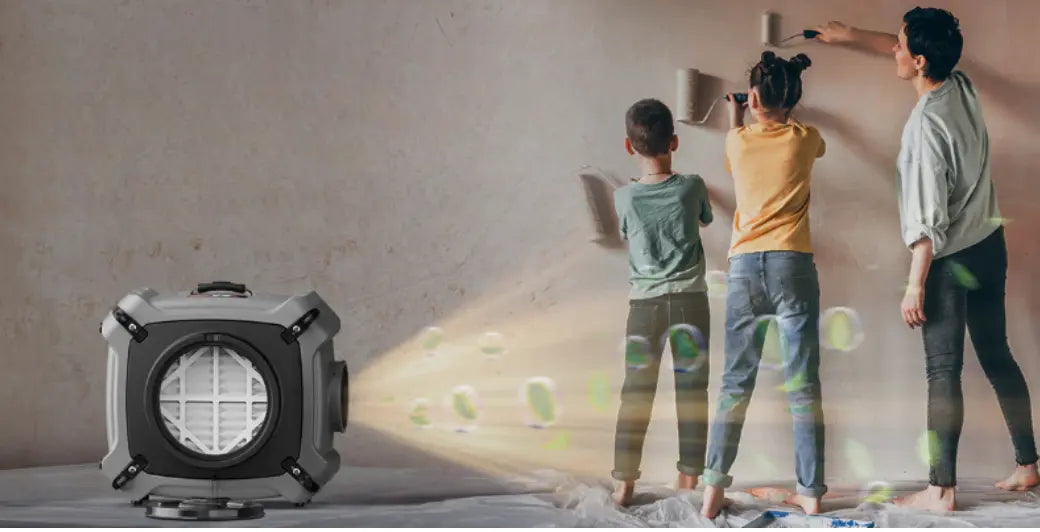
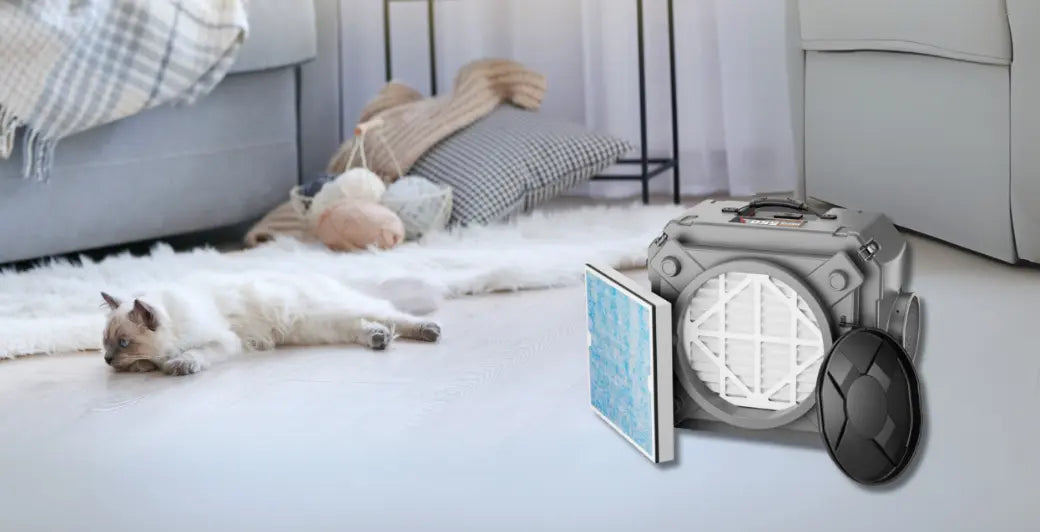
Shop For Dehumidifier
Abestorm 170 PPD 2,100 Sq.Ft Commercial Dehumidifier with Pump and Drain Hose | Hurricane 800
Abestorm 180 PPD 2,300 Sq.Ft Commercial Dehumidifier with Pump and Drain Hose | Hurricane LGR85
Abestorm 264 PPD 3,000 Sq.Ft Commercial Dehumidifier with Pump and Drain Hose | Hurricane 125P
Abestorm 180 PPD 2,300 Sq.Ft Commercial Dehumidifier with Pump and Drain Hose | Hurricane 850